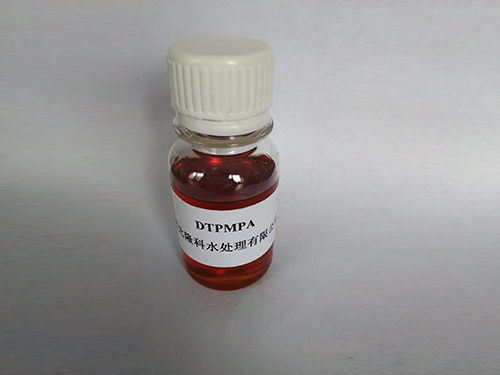polyaluminium chloride ph
Understanding the pH of Polyaluminium Chloride Importance and Applications
Polyaluminium chloride (PAC) is a versatile water treatment chemical widely used in various industries for its effectiveness in coagulation and flocculation processes. It is commonly applied in drinking water purification, wastewater treatment, and paper production. One critical aspect of PAC that can significantly influence its performance is its pH level. This article explores the importance of pH in relation to polyaluminium chloride, its implications in various applications, and best practices for managing pH levels.
What is Polyaluminium Chloride?
Polyaluminium chloride is a coagulant made from aluminum hydroxide and hydrochloric acid. It typically appears as a white or yellowish powder and is soluble in water. The polymeric structure of PAC allows it to effectively destabilize colloidal particles suspended in water, facilitating their aggregation and settling. This makes PAC a popular choice in water treatment facilities where the removal of turbidity, color, and organic matter is essential.
The Role of pH in Water Treatment
pH is a crucial parameter in water treatment processes. It measures the acidity or alkalinity of a solution, with values ranging from 0 to 14. A pH level of 7 is considered neutral, while values below 7 indicate acidity and values above 7 indicate alkalinity. For PAC, the pH level can significantly affect its coagulation efficiency, the formation of flocs, and the overall quality of treated water.
Optimal pH Range for PAC
Research indicates that the optimal pH range for PAC usage typically falls between 5.5 and 7.5. Within this range, PAC demonstrates its maximum coagulation and flocculation properties. If the pH of the water being treated is too low (acidic), the PAC may not perform efficiently due to increased solubility and reduced charge neutralization. Conversely, if the pH is too high (alkaline), the precipitation of aluminum hydroxide may occur, leading to inefficient particle removal.
polyaluminium chloride ph

Impact of pH on Floc Formation
The pH level directly influences the size and strength of flocs formed during the coagulation process. At the optimal pH range, PAC can effectively neutralize surface charges on suspended particles, promoting floc formation. However, if the pH deviates from this range, the density, size, and settling characteristics of the flocs may be negatively affected. This can lead to ineffective particle removal and compromised water quality.
Measuring and Adjusting pH Levels
To ensure optimal performance of PAC in water treatment processes, regular monitoring and adjusting of pH levels are essential. Various methods are available for measuring pH, including pH strips, colorimetric testing, and pH meters. Once the pH is measured, appropriate adjustments can be made using acids (like sulfuric or hydrochloric acid) to lower the pH or alkaline substances (like sodium hydroxide) to raise it.
Environmental Considerations
The impact of pH on PAC performance extends beyond immediate treatment efficiency; it can also affect the overall environmental footprint of water treatment processes. The discharge of treated water with inappropriate pH levels can harm aquatic ecosystems. Therefore, it is crucial to monitor the pH not only during treatment but also at the point of discharge to ensure compliance with environmental regulations.
Conclusion
Polyaluminium chloride stands out as an effective coagulant in water treatment applications, but its efficiency is heavily dependent on pH levels. Understanding the relationship between PAC and pH is vital for optimizing water treatment processes. By maintaining the optimal pH range, not only can water treatment facilities enhance the quality of their treated water, but they can also promote environmental sustainability. Ongoing research and development in this field aim to improve the efficiency of chemical coagulants like PAC, ensuring they remain a valuable asset in modern water management practices.
-
lk-319-special-scale-and-corrosion-inhibitor-for-steel-plants-advanced-solutions-for-industrial-water-systemsNewsAug.22,2025
-
flocculant-water-treatment-essential-chemical-solutions-for-purification-processesNewsAug.22,2025
-
isothiazolinones-versatile-microbial-control-agents-for-industrial-and-consumer-applicationsNewsAug.22,2025
-
scale-inhibitor-key-solutions-for-water-system-scale-preventionNewsAug.22,2025
-
organophosphonates-versatile-scale-inhibitors-for-industrial-water-systemsNewsAug.22,2025
-
scale-and-corrosion-inhibitor-essential-chemical-solutions-for-water-system-maintenanceNewsAug.22,2025





